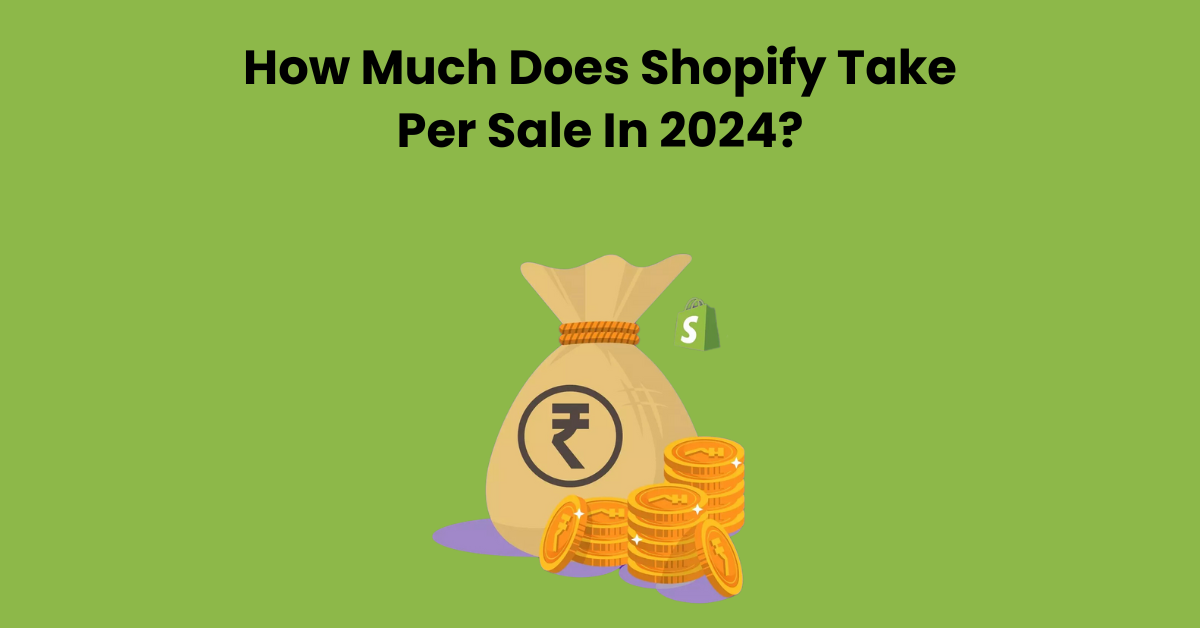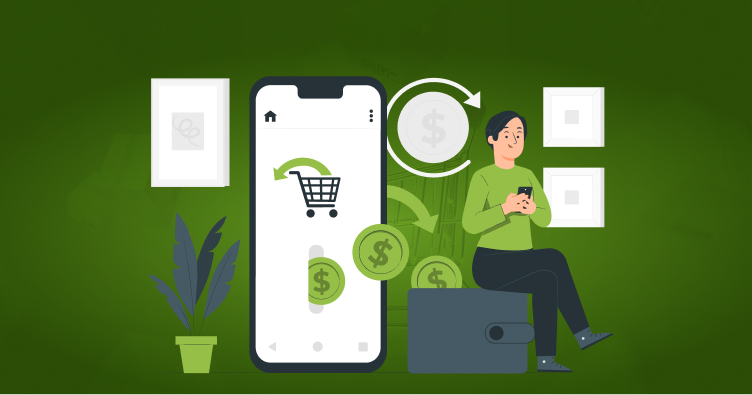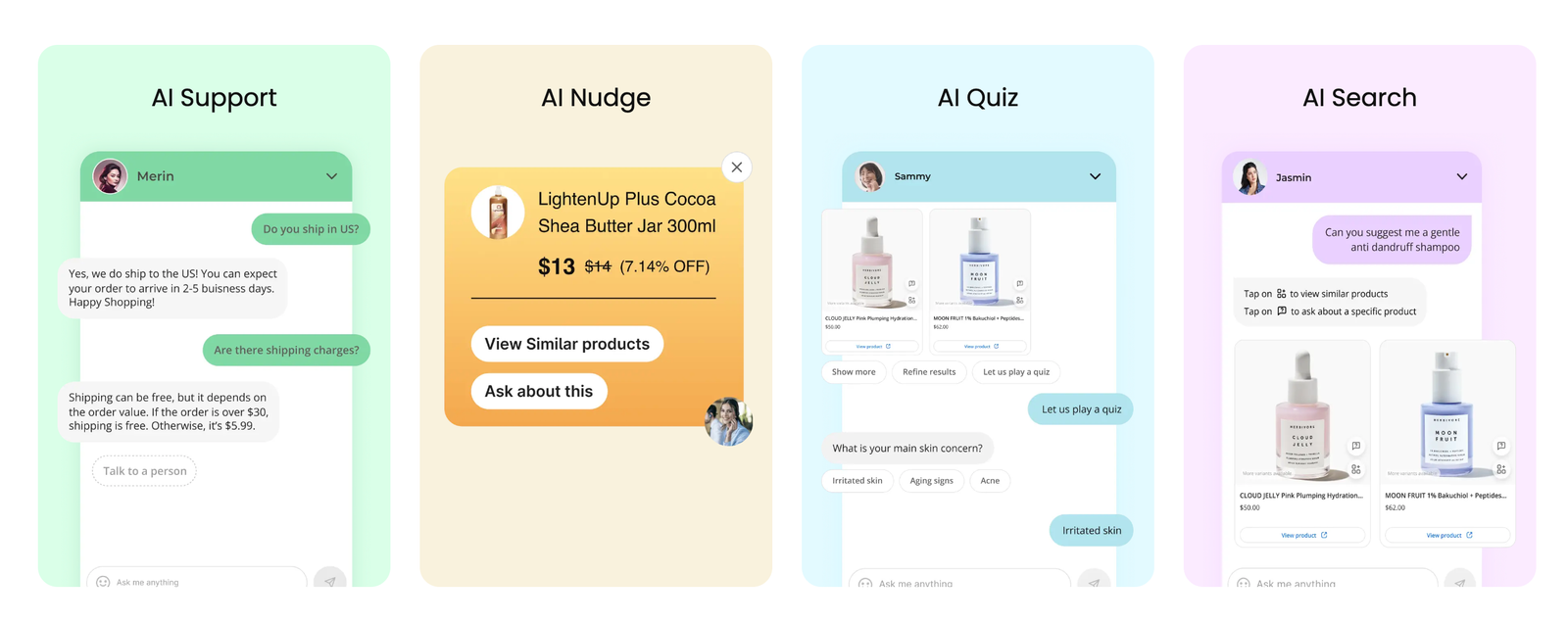How Much Does Shopify Take Per Sale In 2024?

The e-commerce industry is still changing as we move into 2024, so it's critical for business owners using Shopify or other similar platforms to comprehend the financial dynamics. How much Shopify charges each sale in the current year is one important detail that often piques sellers' interest. Running an online company has a complex pricing structure, and understanding the costs involved with each transaction is crucial to making wise decisions. We explore how does shopify works with Shopify's transaction fees in this blog post, which clarifies the monetary factors that entrepreneurs should take into account while formulating their business plans. Keeping up with the most recent shopify fees per sale structures guarantees that you can optimize your online retail experience, regardless of your level of experience with e-commerce.
Does Shopify Take A Cut From Your Profit?

No, Shopify doesn't directly take a cut from your profit. However, they do charge fees in a couple of ways:
Monthly subscription fee: This fee depends on the plan you choose, with higher plans offering more features and typically having lower transaction fees.
Transaction fees: Shopify transaction fees are charged as a percentage of each sale you make. The exact shopify percentage of sales depends on your chosen plan and whether you use their payment processing service, Shopify Payments.
How Shopify Charges For Shopify Merchant Fees & Shopify Processing Fees?
Shopify employs a transparent fee structure for merchants, encompassing both Shopify merchant fees and processing fees. The charges associated with running an online store on Shopify include subscription plans and transaction fees.
Shopify Charges
- For every online transaction, Shopify charges 2.9% and $0.30 for each sale under the Basic plan. On the other hand, 2.7% is added to each sale made in person.
- In addition, each sale you make will incur a 2.6% and $0.30 transaction fee if you have chosen the "Shopify Plan." In contrast, each transaction for the in-store purchase will include a 2.5% fee.
- Last but not least, each online transaction done under the "Advanced Plan," the highest tier plan, will cost you 2.4% plus an additional $0.30. You will be billed 2.4% for each in-store transaction at the same time.
Additional Processing Fees
Shopify Processing Fees come into play when merchants use third-party payment gateways instead of Shopify Payments. The processing fees are incurred on top of the transaction fees and vary based on the payment method used, such as credit cards or alternative payment options.
Shopify Pricing Plan

What Extra Fees Does Shopify Charge?
Beyond Shopify's standard monthly subscription fees, several additional costs should be considered:
Payment Processing Fees: Transaction fees by payment gateways range from 0.5% to 2%, with variations based on your chosen plan.
Shopify Transaction Fees: Using Shopify's integrated payment option incurs fees starting at 2.4% + 30¢ for online transactions, decreasing with higher-tier plans.
Domain Registration: Acquiring a custom .com domain typically costs around $14 per year through Shopify.
App Costs: Integrating apps for added functionalities comes with monthly fees, ranging from $5 to $100+ per app.
Shopify Theme Store: Paid themes in the Shopify Theme Store start at approximately $300, with more advanced templates costing $350 and above.
Abandoned Cart Recovery: Apps designed to recover abandoned carts generally cost $39 or more per month.
Shipping Discounts: Achieve lower shipping rates by integrating apps like ShipStation, which typically costs $24 per month.
POS Hardware: Shopify POS hardware, including card readers and cash drawers, incurs one-time costs.
Accounting Integration: Integrating accounting software starts at around $25 per month for compatible apps.
Expert Support: Accessing advanced support through Shopify Plus incurs a monthly cost of $2500.
How Much Does Shopify Take Per Sale In India?
In India, Shopify doesn't directly cut into your profits, but charges are incurred through two avenues:
Monthly Subscription Fee: The fee varies based on your chosen plan, starting at ₹29 per month for the Starter plan and custom pricing for Shopify Plus.
Transaction Fees: These fees are a percentage of each sale, contingent on your plan:
- Basic Shopify: 2.9% + ₹24 per transaction
- Shopify: 2.6% + ₹24 per transaction
- Advanced Shopify: 2.4% + ₹24 per transaction
- Payment gateway choice also affects fees:
- Shopify Payments: No additional fee
- Third-party gateway: Incurs an extra fee based on your plan, ranging from 0.5% to 2%.
AI-powered your Shopify store with Manifest AI

Empower your Shopify store with Manifest AI, a tool designed to enhance the efficiency and customer service of your online business. This platform enables your store to quickly respond to a vast majority of customer questions, streamlining customer interactions and allowing you to dedicate more time to other important tasks.
Features Include:
- Intelligent Search: Helps customers effortlessly find the products they are searching for, improving their shopping experience.
- Interactive Quizzes: Engages customers by gathering their preferences through quizzes, which in turn, aids in offering personalized product recommendations.
- Proactive Suggestions: Automatically suggests products to customers based on their browsing history and preferences, encouraging them to explore new items they might like.
- Automated Customer Support: Offers immediate answers to customer queries at any time, ensuring that every shopper receives the help they need promptly.
Conclusion
As we come to the end of our investigation into the financial aspects of Shopify in 2024, it is clear that e-commerce companies need to be aware of the platform's cost structure. Businesses are immediately impacted by Shopify's fee structure, which combines transaction fees and monthly membership fees. Pricing transparency, which includes a split depending on payment channels and subscription plans, gives sellers the power to make well-informed selections that fit their goals for growth and budget. Keeping up with these expenses helps merchants maximize their profits and adjust their tactics to deal with the changing e-commerce landscape in a dynamic digital industry where every percentage counts.

.png)
